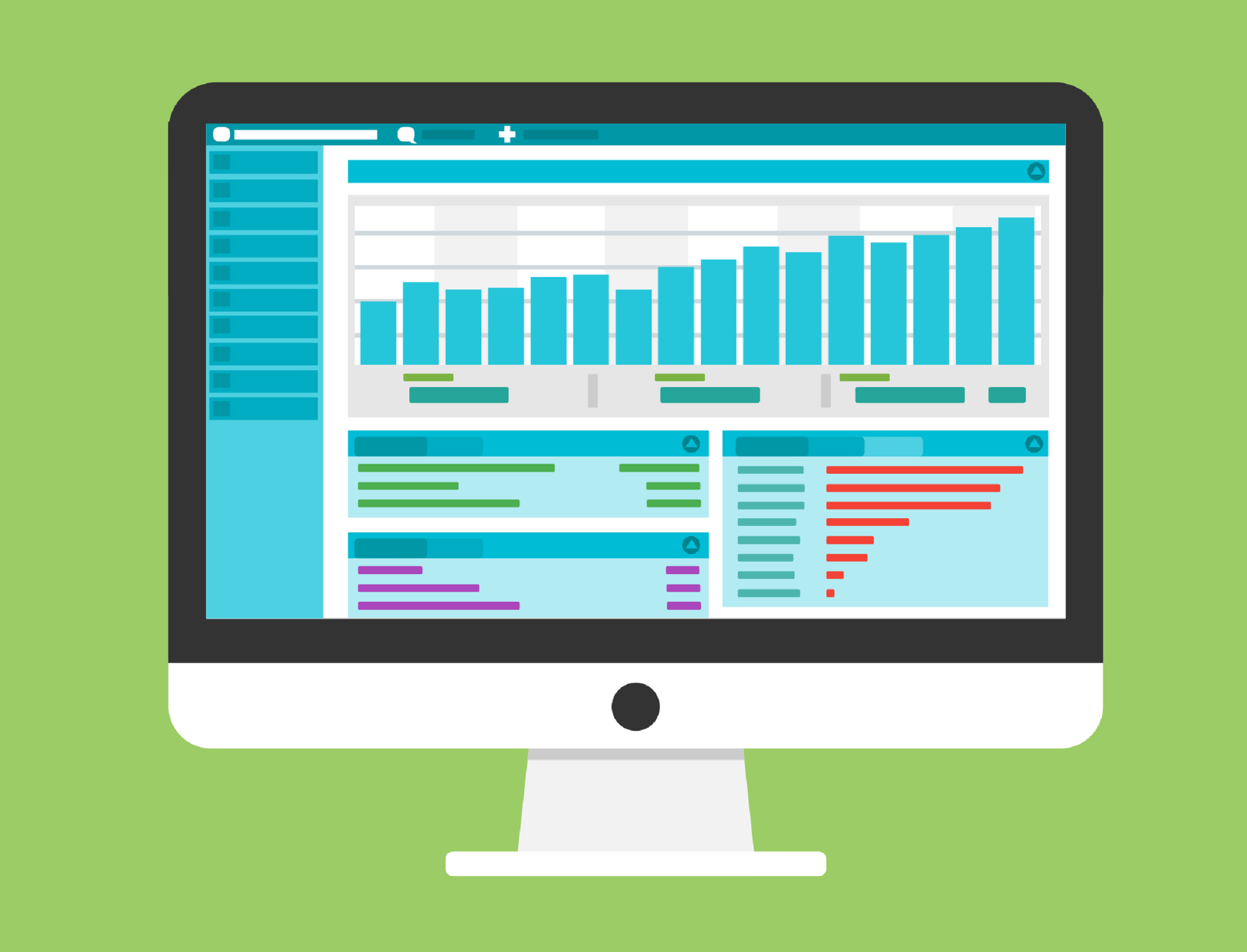Many technology solutions exist to measure and optimize platform-specific and channel-specific marketing ROI and according to Nielsen’s fifth Annual Marketing Report, Era of Alignment, 64% of global marketers feel confident in their ability to do so. Most marketers reported they were extremely or very confident in measuring specific ROI of social media (64%), online video and mobile (59%) and search (58%).
When it comes to gaining a holistic view of ROI across the entire funnel, however, that confidence diminishes. While Nielsen found marketers spent more than half of 2021 ad budgets on digital channels, and plan to increase that spend significantly over the next year, their confidence in being able to prove full-funnel ROI drops to 54%.
Marketing Technology News: MarTech Interview with Laura Goldberg, CMO at Constant Contact
Marketers today need to understand the ROI across the full range of marketing objectives, including both traditional and emerging channels, to gain measurement confidence and be effective. But, how?
1. Invest in high-quality data sources
Marketers know better than anyone that consumer behaviors and preferences can change quickly. To stay in step with customer wants and needs, marketers need to have accurate and reliable insight into how those customers are thinking and behaving. Investments in trusted and robust data sources, such as identity solutions, will be critical for success, especially as consumers’ engagement with digital channels continues to rise. The Annual Marketing Report revealed that only 26% of global marketers are confident in their audience data, though 69% say first-party data is critical for strategies and campaigns, especially as cookies are set to disappear in the next year.
Marketers need to prioritize data strategies – investing in first-party data and/or working with data partners who collect customized, quality data in consent-compliance manners – to best understand consumers’ changing needs and formulate campaigns and engagement strategies accordingly. To improve performance with better audience targeting, marketers should leverage a combination of contextual and behavioral data to personalize their efforts at scale, and unbundle individual households by leveraging solutions that can better identify who within the household is viewing a given program in real time. This way, marketers can improve and optimize their campaigns and engagements more effectively.
2. Measure new channel effectiveness with tools that have proven capabilities
Despite marketers’ low confidence in measuring full-funnel ROI, 73% said they were satisfied with their measurement tools. The gap between confidence in measurement and satisfaction with tools suggests marketers need to get more assurance of technology partners’ capabilities to build trust and ensure validity. This is especially true for understanding investments in newer channels and how they impact full-funnel ROI.
For instance, take podcast marketing. While 49% of marketers said they plan to increase spending on podcasts over the next year, with 11% planning increases of more than 50%, only 44% are extremely or very confident in measuring the ROI of podcast investments. To close the measurement gap, especially as it relates to next-gen channels, marketers should focus on investing in solutions that provide the confidence they need to prove the effectiveness of their spending. By getting access to reliable data that extends across both traditional and emerging channels, marketers can grow their comfort not only with understanding effectiveness levels of new channels but also comparing that to other efforts to determine which campaigns are moving the needle for their businesses. There’s also a big opportunity for martech companies to more robustly show their measurement capabilities for newer channels and how those impact the broader full-funnel effectiveness of campaigns.
3. Optimize and measure before, during, and after campaigns
After campaigns are complete, marketers need to take stock of how well their campaigns performed, consumers’ thoughts on the campaign, and what should be changed moving forward. This way, marketers can better allocate their budgets to ensure that the most important audiences see and engage with campaigns. Testing in-flight can provide marketers a better understanding of what needs to be changed to ensure audiences are engaging with a brand’s marketing efforts. Simultaneously, marketers should evaluate upper-funnel campaigns to continuously build up their branding efforts and stay top of mind for consumers. Once marketers evaluate their spending post-campaign, they can take stock of what worked well (or didn’t) to consider for future campaigns. By measuring before, during, and after campaigns, marketers have the power to optimize campaigns in flight, make more informed decisions for future campaigns, and rationalize their budget spend accordingly.
Marketing budgets have been under more scrutiny in the past two years due to COVID, emerging channels, and changing consumer habits making efficient and effective spending more important than ever. And marketers know consumer journeys aren’t isolated to specific platforms and channels— it is a multi-faceted and dynamic process by which customers engage with brands. Still, only slightly more than half of global marketers feel certain they can measure full-funnel ROI. By leveraging technology strategies that enable a holistic view, marketers can feel more confident in full-funnel ROI metrics while creating compelling engagements that meet consumer demands.
Marketing Technology News: How to Use Competitive Intelligence To Level-Up Email Content











